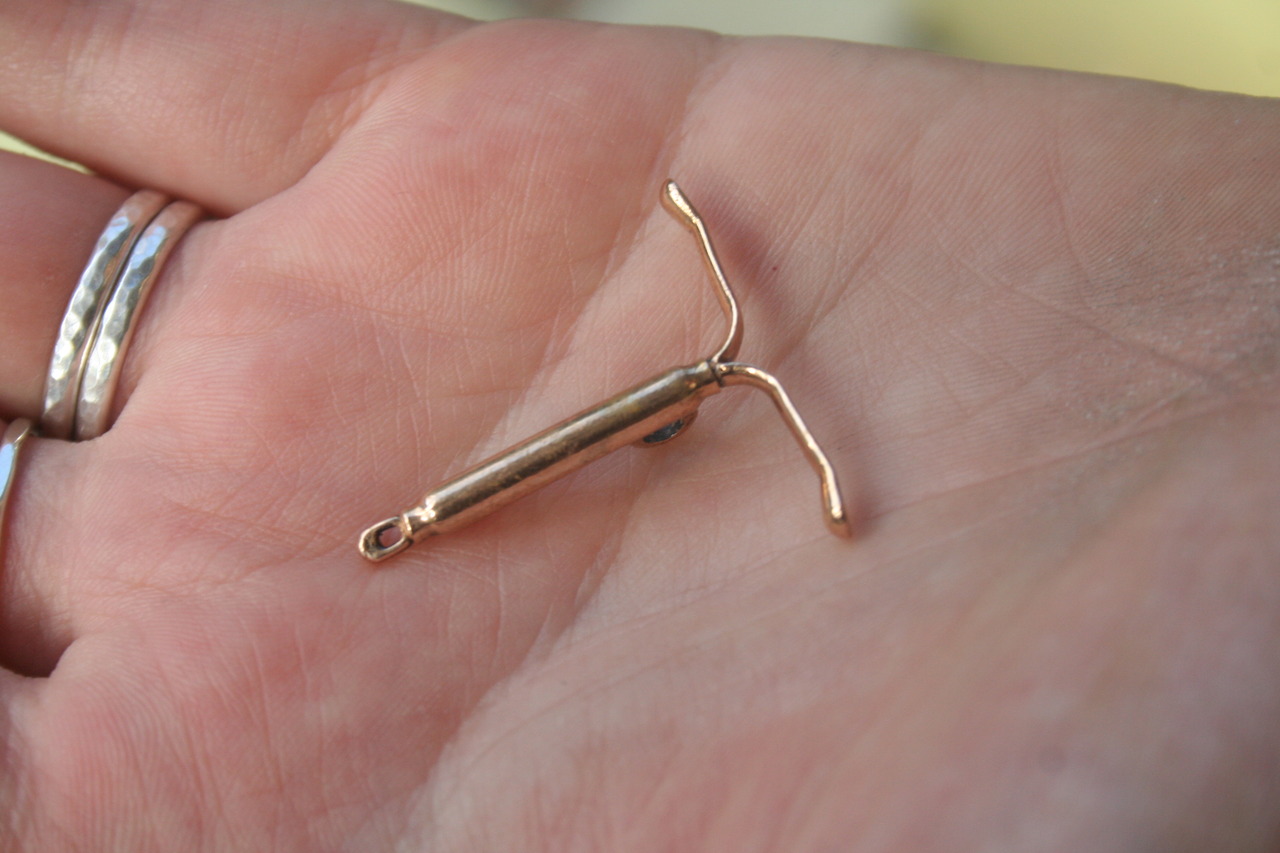After the mid-1900s, many companies started producing new contraceptive methods. Some are placed inside of the uterus on a long-term basis, some are worn temporarily, and some are consumed on a daily basis.
One form of birth control, the Intrauterine Device (IUD), has recently been making its way back to popularity. According to Time magazine, only nine percent of American women of child-bearing age use an IUD, the lowest rate of any developed country. More than half of US women surveyed have never even heard of an IUD. IUDs are fitted into the uterus and last for up to ten years, depending on the device.
There are two types of IUDs: hormonal and copper. Hormonal IUDs can last for either three or five years depending on the brand, Skyla or Mirera, respectively. The copper IUD can last for up to ten years. Hormonal IUDs release a small amount of the hormone levonorgestrel, which thickens the cervical mucus and makes it impenetrable to sperm. Hormonal IUDs also inhibit ovulation in some users, decrease the ability of sperm to penetrate the ovum, and thin the endometrial lining. Copper IUDs work by disrupting sperm mobility and damaging sperm so that they are prevented from joining with an egg. Copper IUDs also act as a spermicide within the uterus by increasing levels of copper ions, prostaglandins, and white blood cells within the uterus. The increased copper ions in the cervical mucus inhibit a sperm’s motility and viability, preventing it from traveling through the cervical mucus.
Image Source: Abrams/Lacagnina
In a recently published article in the American Academy of Pediatrics (AAP), doctors tout the benefits of this less commonly used birth control method. The doctors call oral contraceptives (“The Pill”) the least effective option because many fail to use them properly and consistently. Also, about 18% of women experience an unintended pregnancy when using male condoms, compared to the 0.8% who experience unintended pregnancy while utilizing a Copper IUD. Hormonal IUDs have a fail rate of only 0.2%!
A study involving 7,486 women participating in the Contraceptive Choice Project showed longer-lasting forms of birth control to be the most effective. The women, aged 14 to 45, were given their choice of contraception for free and then tracked for up to three years for unintended pregnancy. The results, published in the New England Journal of Medicine, found that longer-lasting contraceptives were up to 20 times more effective after three years than the shorter-acting methods of birth control.
Although Planned Parenthood reports a 75% increase in IUD use among its patients since 2008, poor PR and a lack of awareness among the doctors who issue family-planning advice means that the shift away from the pill-a-day or condom as the main forms of birth control and towards long-term contraception won’t be easy.
Featured Image Source: Sarah Mirk










